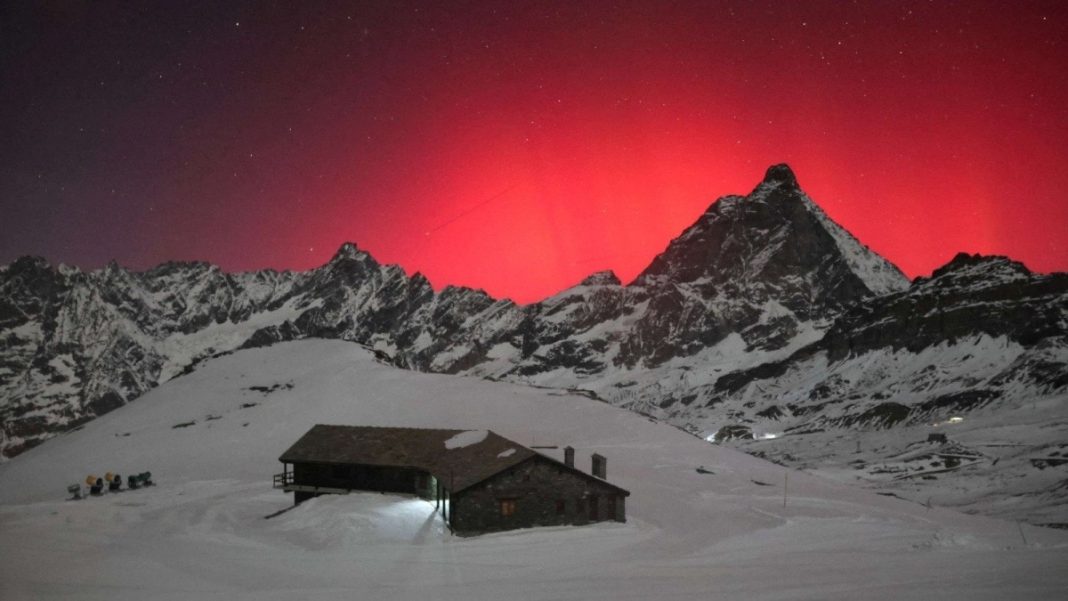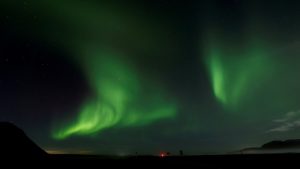Key Takeaways
- Solar winds at 3.24 million kmph triggered major geomagnetic storms and global auroras
- Three consecutive CMEs created a “Cannibal CME” that amplified the storm’s intensity
- Storm levels reached G3 (Strong) with potential for G4-G5 conditions
- Auroras visible across 48 US states and as far south as Gulf of Mexico
- No major infrastructure damage reported, but satellites and GPS systems monitored
Earth experienced a spectacular celestial event as solar winds traveling at 3.24 million kilometers per hour collided with our planet’s magnetic field. The impact triggered intense geomagnetic storms and created breathtaking auroral displays visible across much of the world.
Storm Intensity and Warnings
Over the past 48 hours, three powerful coronal mass ejections (CMEs) struck Earth in rapid succession. Space weather monitors recorded storm levels fluctuating between G1 (Minor) and G3 (Strong) categories, with solar wind speeds exceeding 900 km/s.
The US National Oceanic and Atmospheric Administration (NOAA) issued warnings for continued geomagnetic activity, noting potential for severe G4-class storms through November 13. The UK Met Office escalated concerns with an extreme G5 watch, indicating conditions could briefly reach the highest disturbance levels.
Global Aurora Display
The geomagnetic storms produced one of the most extensive aurora displays in recent memory. The Northern Lights illuminated skies across almost the entire North American continent, with vivid ribbons of pink, green, and violet light visible from the Arctic Circle to the Gulf of Mexico.
Observers reported sightings in at least 48 US states, with only Hawaii and cloud-covered Oregon missing the celestial spectacle. The event demonstrated the widespread impact of solar activity on Earth’s atmosphere.
Cannibal CME Phenomenon
Researchers attribute the intense solar activity to back-to-back CMEs that erupted from the Sun and collided en route to Earth on November 11. The merging eruptions formed what scientists call a “Cannibal CME” – a fast-moving magnetic cloud that consumes slower-moving solar material ahead of it.
This collision amplified the storm’s potency when it reached Earth’s magnetic shield, creating both the dramatic light show and potential technological disruptions.
Infrastructure Impacts
While geomagnetic storms of this magnitude can disrupt power grids, GPS systems, and satellites, no major outages have been reported so far. Engineers are closely monitoring satellite health and high-frequency communication systems as the solar wind continues to rage.
Forecasters caution that both the auroral displays and magnetic turbulence may continue for another day or two. The event highlights Earth’s magnetic resilience while demonstrating the ongoing need for space weather monitoring and preparedness.





